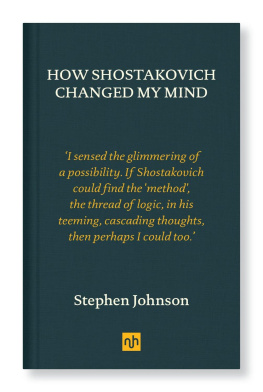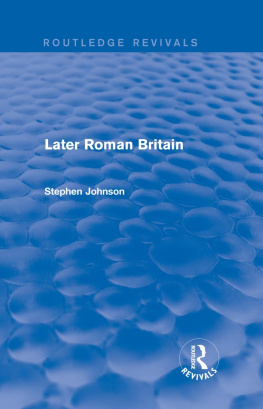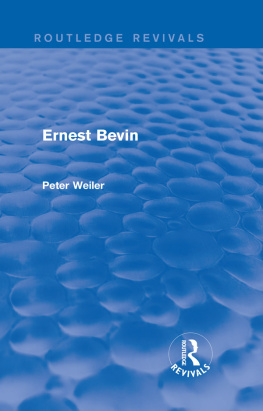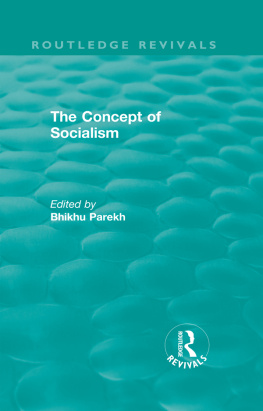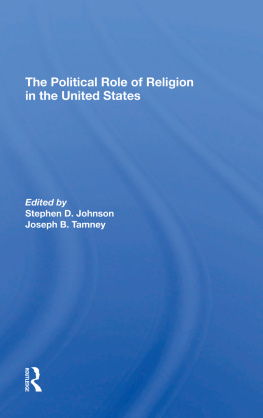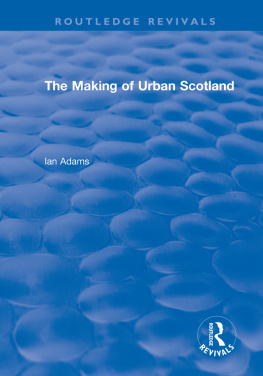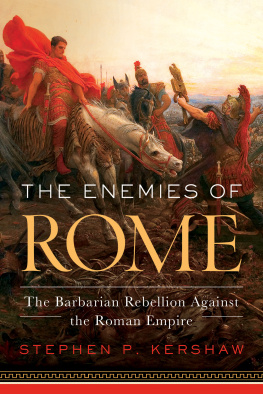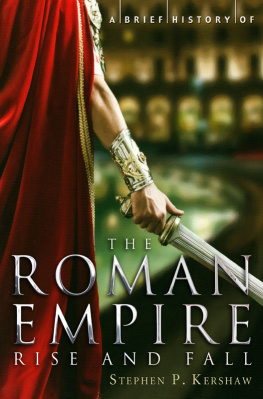Routledge Revivals
Rome and Its Empire
The legacy of Rome is still very much with us in Europe. It forms part of our cultural backdrop, and is enshrined in the European mind, whether through classical literature, education and jurisprudence, or spectacular ruins. In Rome and Its Empire, first published in 1989, Stephen Johnson examines our understanding of the archaeological aspects of Roman civilisation, and traces the development of archaeology from the earliest post-Roman times, through to its real discovery in the eighteenth century, and its burgeoning in the nineteenth and twentieth centuries.
Various areas of modern archaeological thought and practice are examined with regard to the study of Roman archaeology. The emphasis is on how archaeologists examine and classify material, and the various ways in which valid historical conclusions are deduced from that evidence. Johnson concludes by exploring how techniques from other disciplines are now being applied to archaeological study, and indicates what we may yet learn from this.
Rome and Its Empire
Stephen Johnson
First published in 1989
by Routledge
This edition first published in 2014 by Routledge
2 Park Square, Milton Park, Abingdon, Oxon, OX14 4RN
and by Routledge
711 Third Avenue, New York, NY 10017
Routledge is an imprint of the Taylor & Francis Group, an informa business
1989 Stephen Johnson
The right of Stephen Johnson to be identified as author of this work has been asserted by him in accordance with sections 77 and 78 of the Copyright, Designs and Patents Act 1988.
All rights reserved. No part of this book may be reprinted or reproduced or utilised in any form or by any electronic, mechanical, or other means, now known or hereafter invented, including photocopying and recording, or in any information storage or retrieval system, without permission in writing from the publishers.
Publishers Note
The publisher has gone to great lengths to ensure the quality of this reprint but points out that some imperfections in the original copies may be apparent.
Disclaimer
The publisher has made every effort to trace copyright holders and welcomes correspondence from those they have been unable to contact.
A Library of Congress record exists under LC control number: 88032336
ISBN 13: 978-0-415-74475-1 (hbk)
ISBN 13: 978-1-315-79839-4 (ebk)
ROME
and its
EMPIRE
Stephen Johnson
ROUTLEDGE
London and New York
First published in 1989 by Routledge
11 New Fetter Lane, London EC4P 4EE
29 West 35th Street, New York, NY 10001
1989 Stephen Johnson
Typeset by Columns of Reading
Printed in Great Britain by
T.J. Press (Padstow) Ltd, Padstow, Cornwall
All rights reserved. No part of this book may be reprinted or reproduced or utilized in any form or by any electronic, mechanical, or other means, now known or hereafter invented, including photocopying and recording, or in any information storage or retrieval system, without permission in writing from the publishers.
British Library Cataloguing in Publication Data
Johnson, Stephen, 1947
Rome and its Empire
1. Roman Empire antiquities
I. Title
937
Library of Congress Cataloging in Publication Data
Johnson, Stephen, 1947
Rome and its Empire
1. RomeAntiquities. I. Title.
DG77.J64 1989 937 88-32336
ISBN 0-415-03267-9
The author and publishers record their thanks to the following institutions and individuals who gave permission for the use of illustrations for this book.
Ashmolean Museum, Oxford,
Cambridge University Collection of Aerial Photographs,
Amanda Claridge,
English Heritage,
Illustrated London News,
Instituut voor Pre-Protohistorie, Amsterdam,
Muse de Nmes,
Museum of London,
Newcastle Central Library,
Oxford University Press and R.P. Wright,
Rheinisches Landesmuseum, Trier,
Royal Commission for the Historical Monuments of England,
Saalburg Museum, Bad Homburg,
Society of Antiquaries of London,
Andr Tchernia,
Vindolanda Trust,
West Yorkshire Archaeology Service
I am also grateful to Peter Dunn, for providing artwork for the line drawings at .
What is the most enduring impression of the Roman Empire? For some people it may be to gaze with admiration on buildings like the Colosseum at Rome or the Pont du Gard near Nmes. Others may be more struck by the poems of Virgil or Catullus, or may better appreciate the exploits of historical figures like Julius Caesar or Constantine the Great. Others still may marvel at the historical process through which a small Italian city-state became a major power, first in Italy, then increasing its influence until eventually it imposed its dominance on its known world.
From an archaeological point of view, the most spectacular impressions of Rome are in those sites and buildings where the grandeur can still be appreciated, and where the visitor can feel a close experience of Roman life and civilization. Such places are Pompeii, Lepcis Magna, Timgad, or Piazza Armerina. A more day-to-day reality, especially for those whose normal experience is with the Roman past of an outlying area of Europe only relatively briefly annexed by Rome as one of her minor and most troublesome provinces, is to see and handle familiar pottery, coins, sculptures, mosaics, and other items of daily life displayed in local or national museums, or to appreciate what are normally far more fragmentary remains of Roman buildings and archaeological sites.
Historically, the Romans have had a good press. Their reputation for building solid projects of engineering was such that it was at one time considered that they, and they alone, of the past inhabitants and occupiers of Britain, could have built structures like Stonehenge and other stone circles now known to date from two or three millennia before the Romans arrived. Whilst we know better than this now about the stone circles, the Roman reputation lives on: recent controversy has flared over the Roman road at Blackstone Edge, in the British Pennine Hills near Manchester. The road ascends a one-in-three slope and is formed of a well-metalled pavement with a central groove (for the brakes of carts?) and side ditches. It is still a matter of genuine debate whether such a road was built by the Romans or whether it was one of the earliest turnpike roads of the eighteenth century. There seem few other candidates for its builders.
Within Europe it is difficult not to be aware of the legacy of Rome. Many of the words in use, educational and legal systems, and cultural achievements of many kinds, if they are not derived immediately from classical models, spring ultimately from this underlying source. Periodically architectural designs, buildings, or patterns from the classical world have been rediscovered, and this has led to conscious attempts to reproduce themes or ideas in art or architecture found in ancient material. Some objects from the classical world have never been lost, and have survived since the end of classical antiquity itself. Examples of these are manuscripts collected by the Carolingian court in the eighth and ninth centuries, gemstones and jewellery which were used to beautify book-covers and other precious objects, and items of artistic value of all kinds, from the ivories now held in cathedral treasuries to pieces such as the Portland Vase. From time to time, such objects have been actively sought. It is due to the respect with which they have been treated particularly in the case of manuscripts that so many of the writings from the ancient world have been transmitted to the present day. First of all they were passed on via late Roman scholars, then through library collections, split up and finding their way into late Roman and Carolingian monasteries. From there they were copied and dispersed into other medieval collections until collated by scholars, who have used them to provide standard texts of the ancient authors by a process of textual detective work and criticism.








